The National Institutes of Health established Human Microbiome Project
On Dec. 19, 2007, the Human Microbiome Project (HMP), a $150 million initiative, was established by the National…
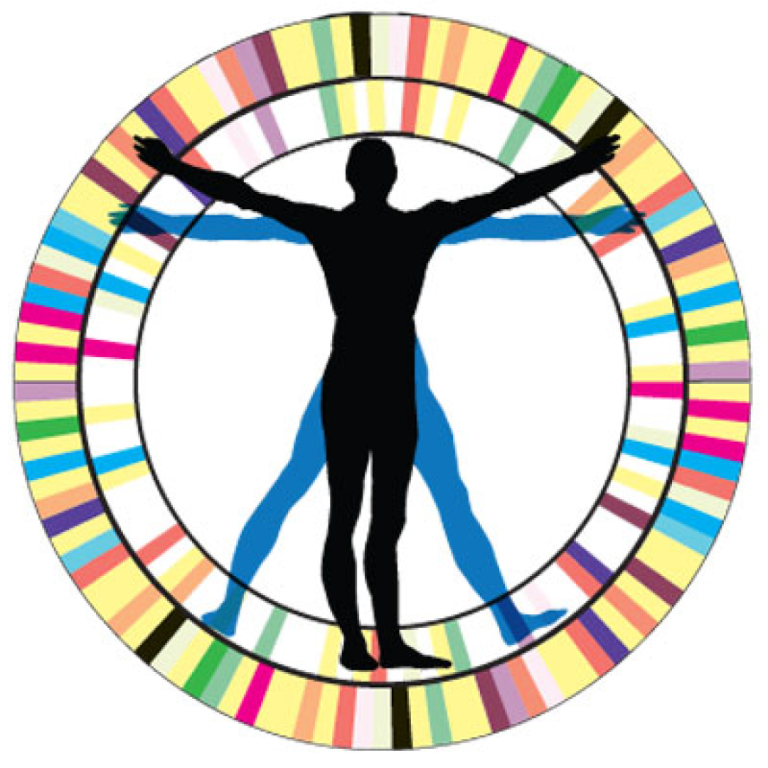
On Dec. 19, 2007, the Human Microbiome Project (HMP), a $150 million initiative, was established by the National…
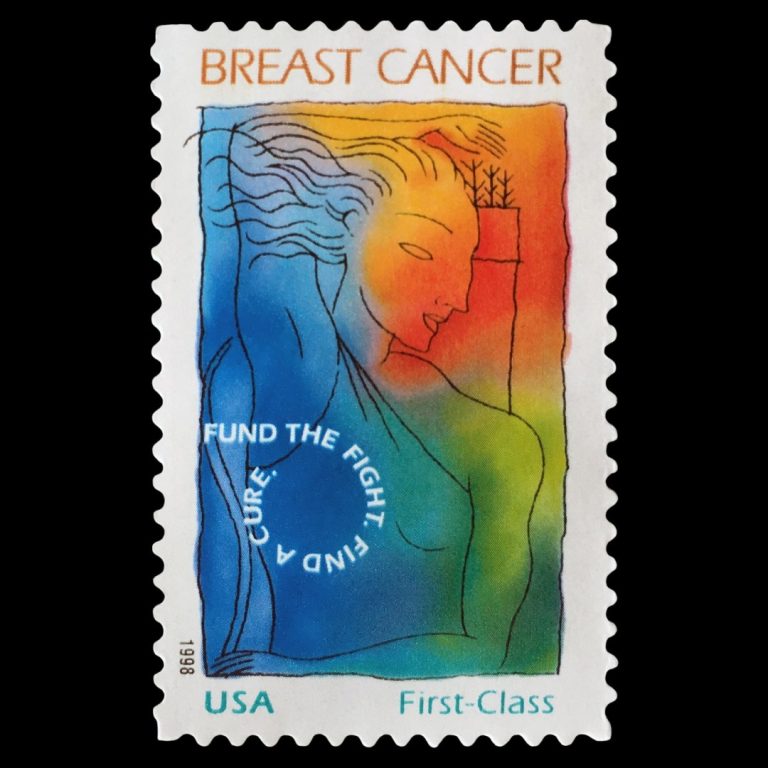
On Dec. 12, 2007, the Breast Cancer Research Stamp Reauthorization Act extended through Dec. 31, 2011, provisions requiring…
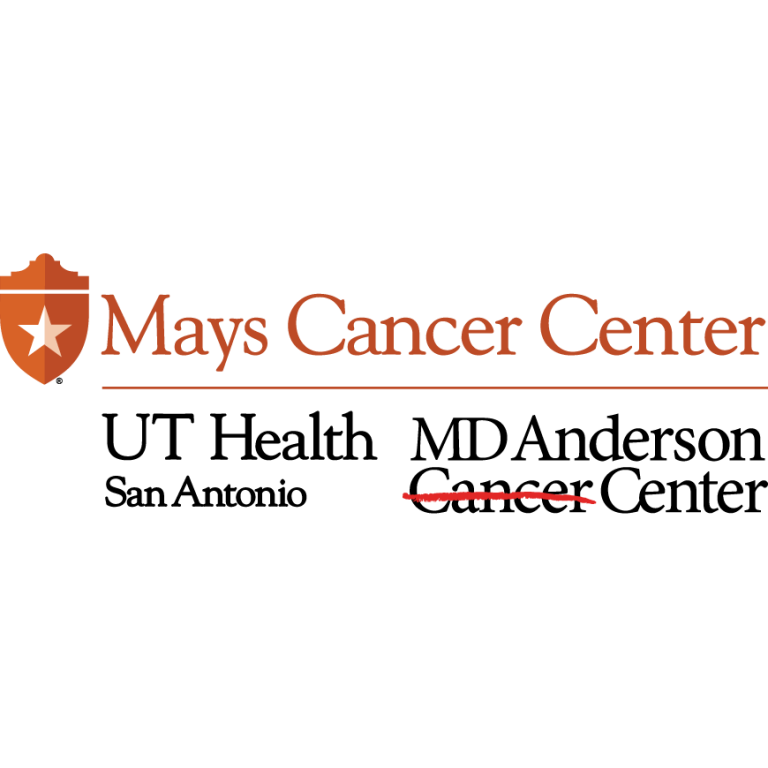
On Dec. 6, 2007, the Cancer Therapy & Research Center became part of the UT Health Science Center…
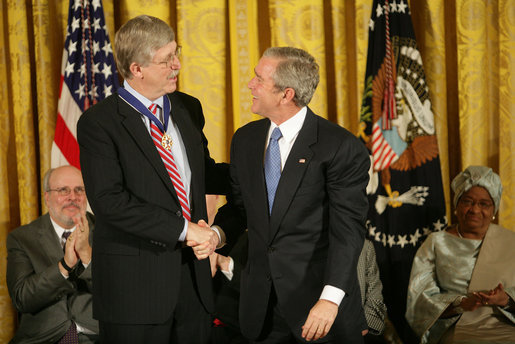
On Nov. 5, 2007, National Institutes of Health (NIH) Director Francis Collins received the National Medal of Science…
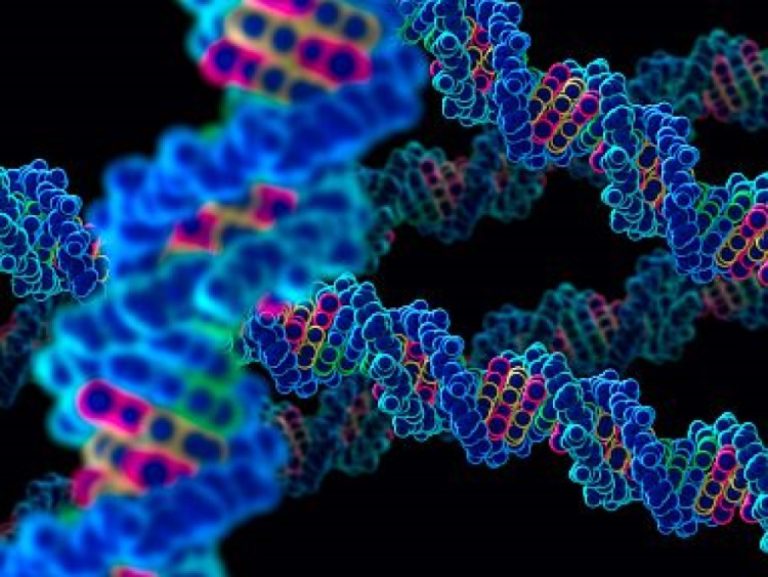
On Oct. 29, 2007, the International HapMap Consortium announced it had published an analyses of its second-generation map…
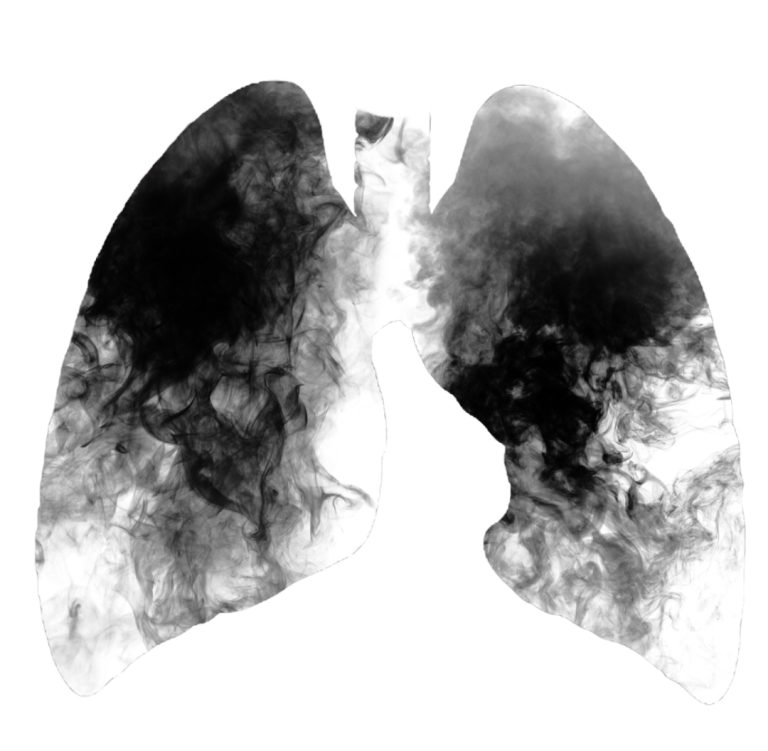
on Oct. 15, 2007, the annual report from the National Cancer Institute (NCI) showed that cancer death rates…
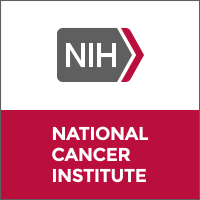
On Sept. 27, 2007, the FDA Amendments Act of 2007 amended the Federal Food, Drug, and Cosmetic Act…
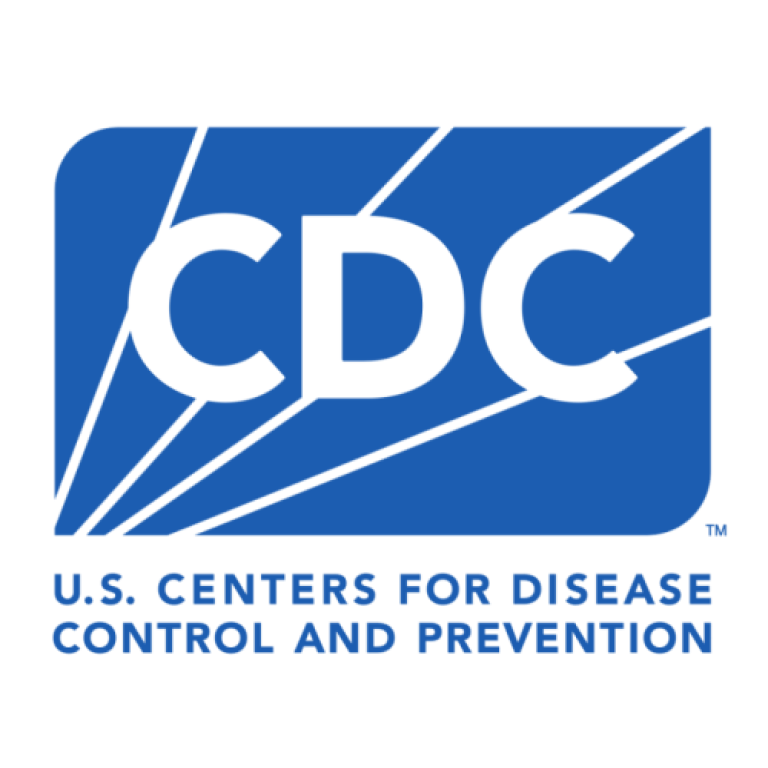
On Jul. 20, 2007, the U.S. Centers for Disease Control and Prevention (CDC) announced in MMWR that revised…
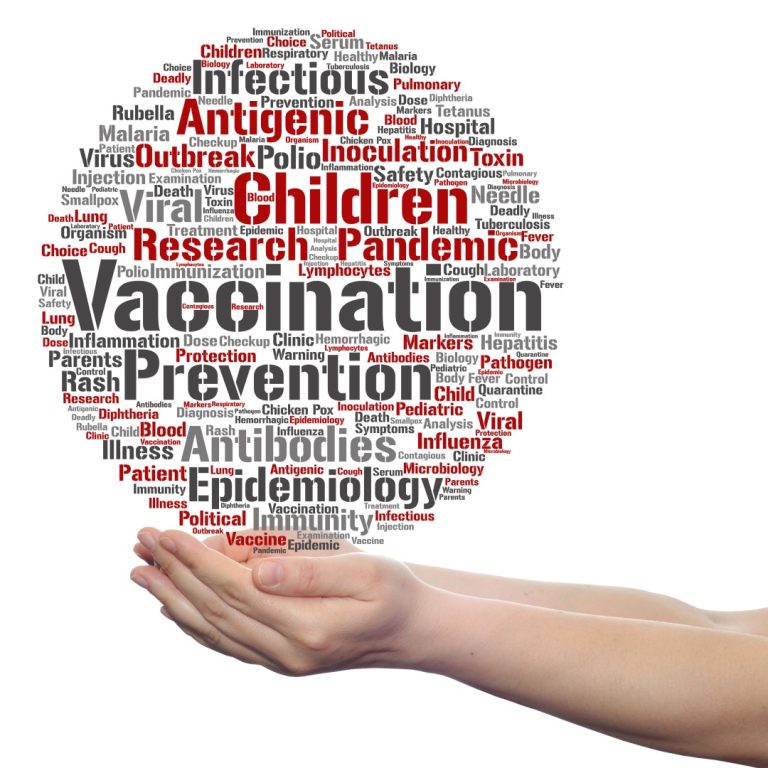
On Jul. 17, 2007, The U.S. Department of Health and Human Services (HHS) announced it was providing states,…
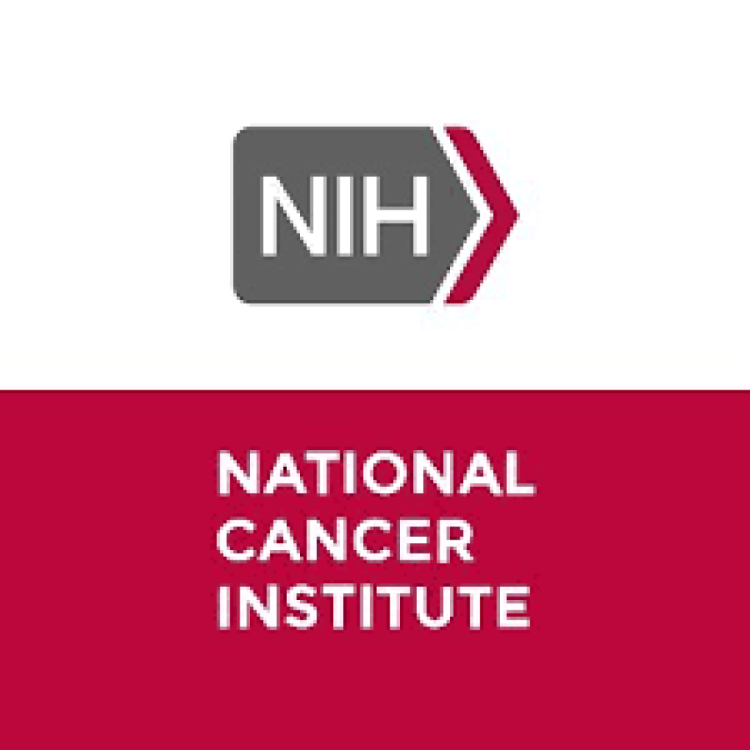
On Jun. 14, 2007, the National Cancer Institute (NCI) launched the 3-year pilot phase of a new program…
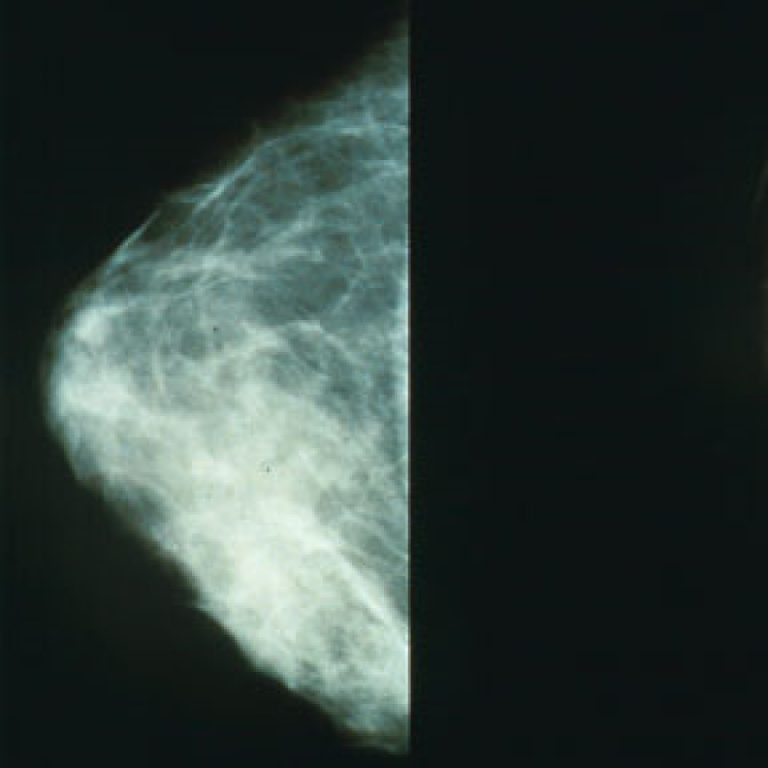
On Apr. 20, 2007, the National Breast and Cervical Cancer Early Detection Program Reauthorization Act of 2007 allowed…
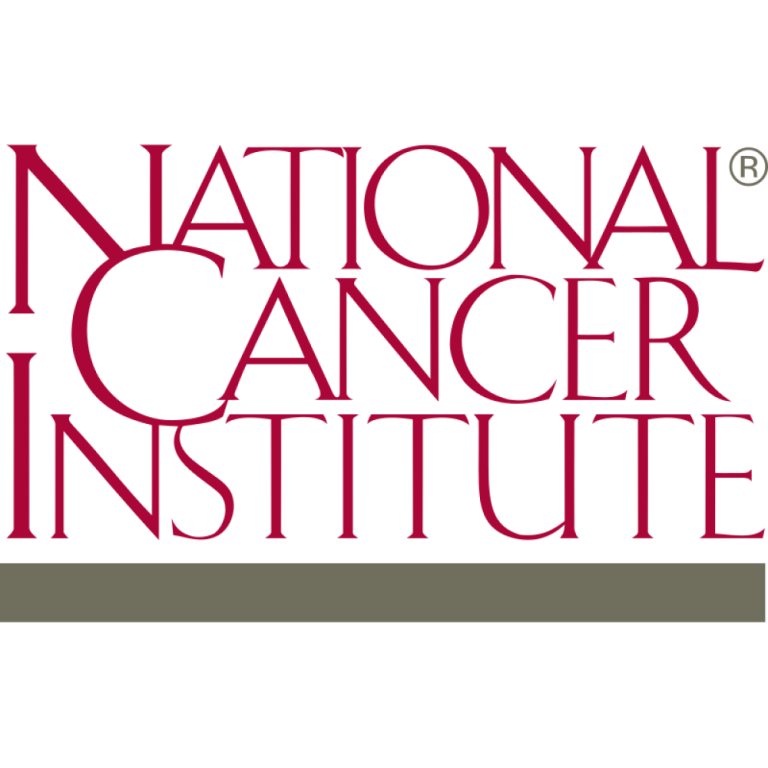
On Apr. 18, 2007, a study led by the University of Texas M.D. Anderson Cancer Center reported that…
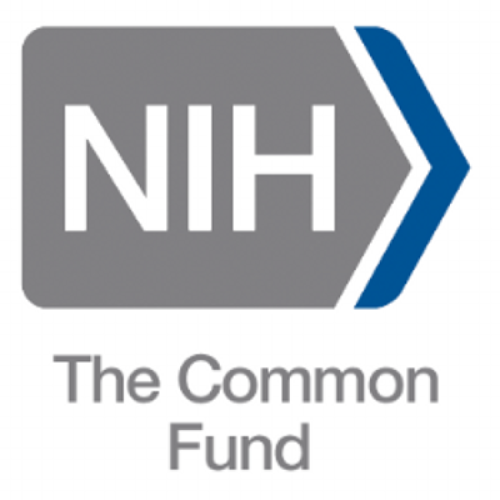
On Jan. 15, 2007, President Bush signed H.R. 6164 as P.L. 109-482, the National Institutes of Health Reform…
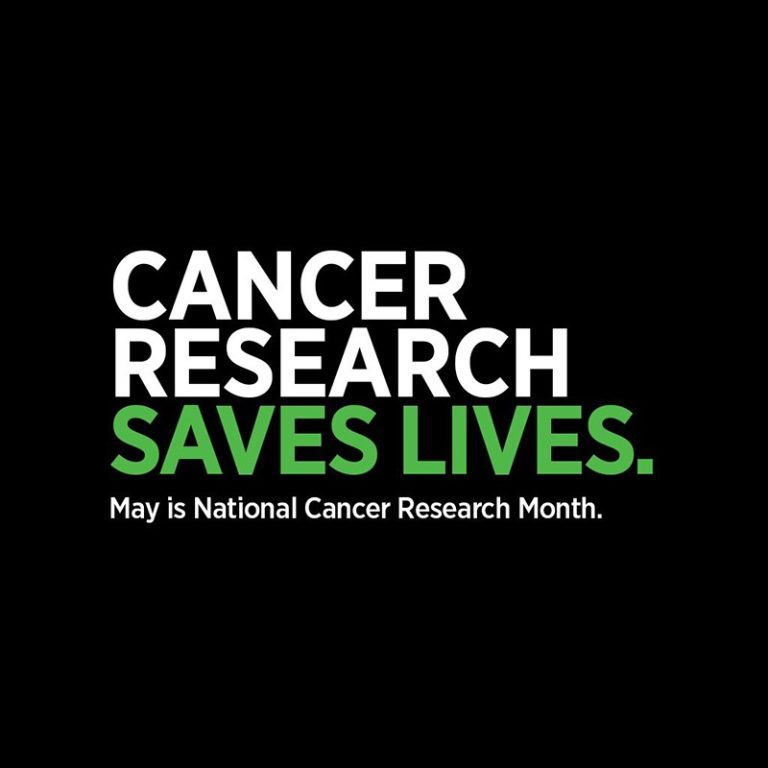
In 2007, the U.S. Congress declared May National Cancer Control Month, an opportunity to educate all Americans about…

In 2007, Richard Nakamura, Ph.D., became the first Asian American scientific director of the National Institute of Mental…

In 2007, the Center for Clinical and Translational Research (CCTR) was founded at Virginia Commonwealth University to enhance…
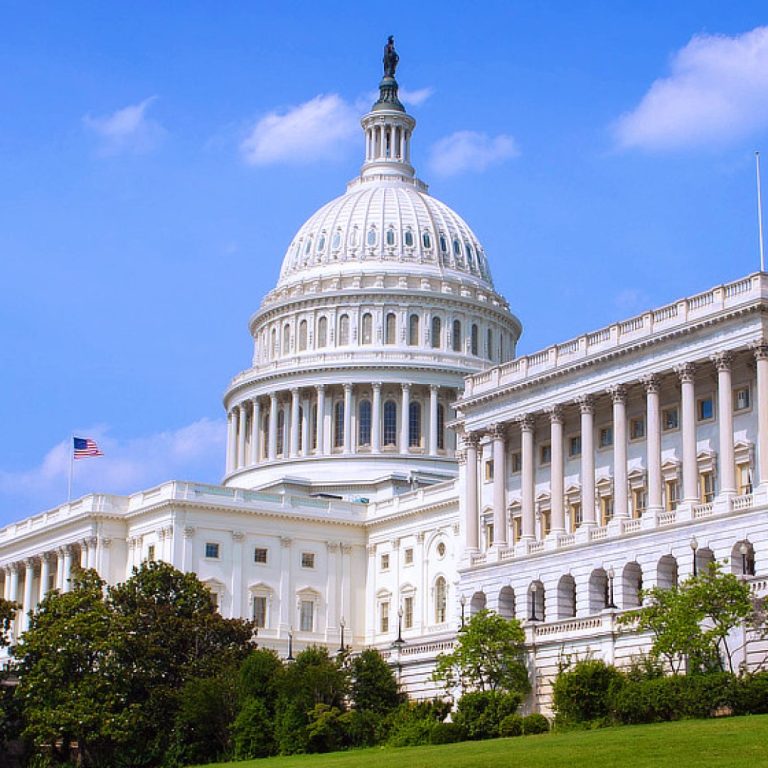
On Nov. 27, 2006, the Animal Enterprise Terrorism Act (AETA) was officially signed into law by President George…
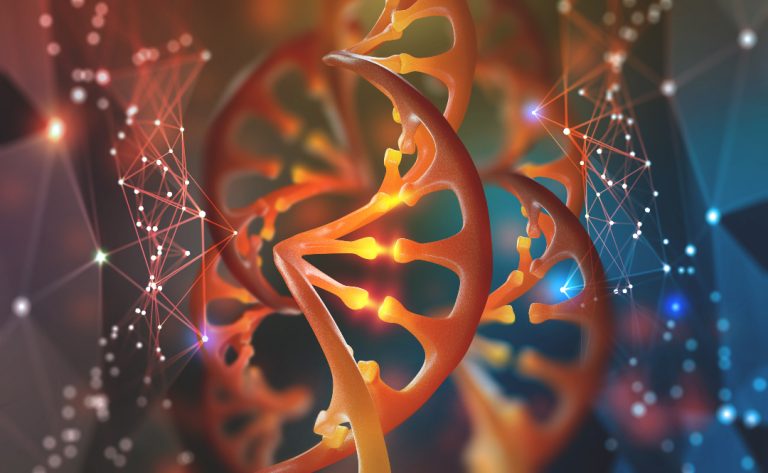
On Nov. 20, 2006, the Genome Sequencing Center at Washington University School of Medicine in St. Louis announced…
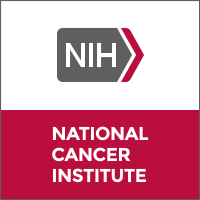
On Oct. 19, 2006, the National Cancer Institute released new data from the Cancer Genetic Markers of Susceptibility…
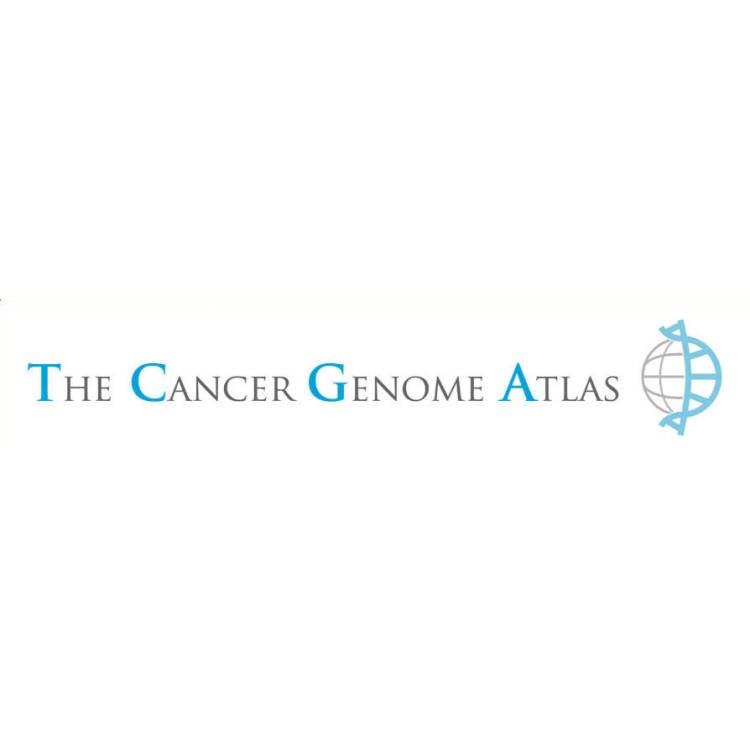
On Oct. 16, 2006, the Cancer Genome Atlas program, created by National Cancer Institute and the National Human…
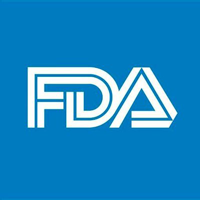
On Oct. 5, 2006, the Foundation for the National Institutes of Health, NIH, FDA, and the Pharmaceutical Research…
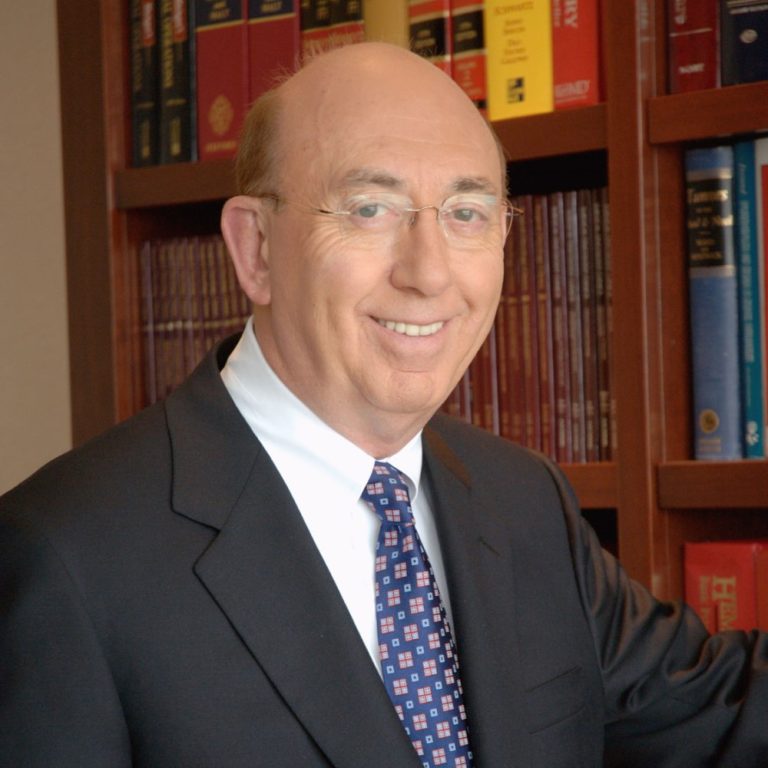
On Sept. 1, 2006, President Bush appointed John E. Niederhuber, M.D., to be the 13th director of the…
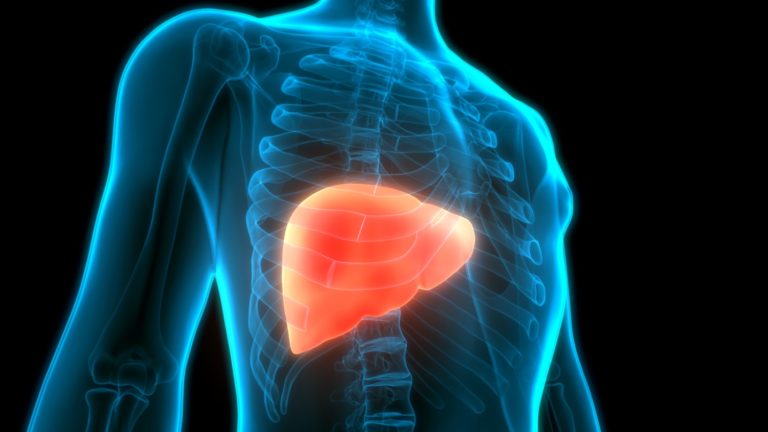
On Aug. 14, 2006, National Cancer Institute (NCI) researchers announced they had found a unique pattern of activity…
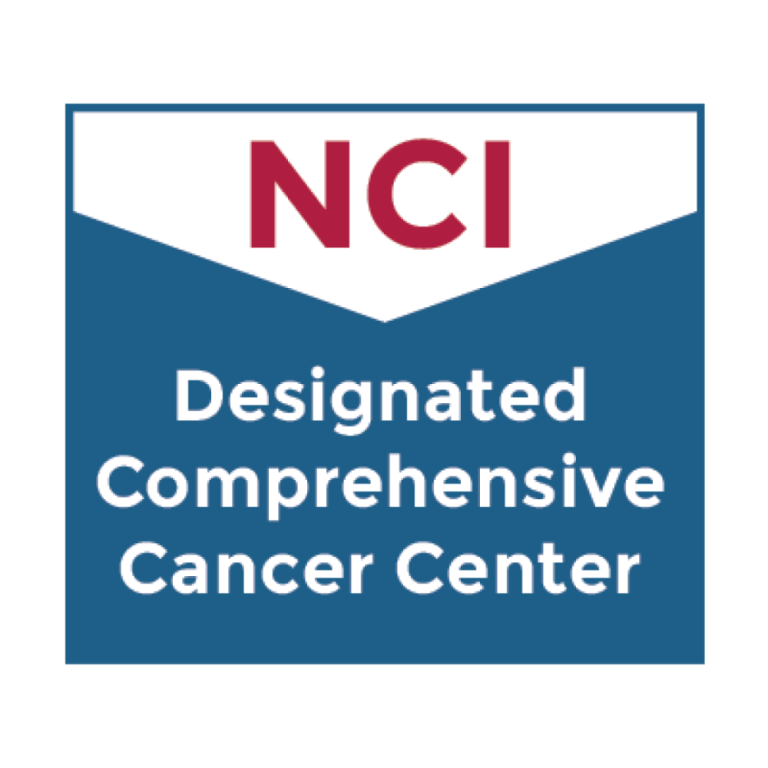
On Mar. 22, 2006, the Siteman Cancer Center at Barnes-Jewish Hospital and Washington School of Medicine in St….

On Feb. 6, 2006, Sanofi pasteur announced it had delivered more H5N1 vaccine to the U.S. government including…
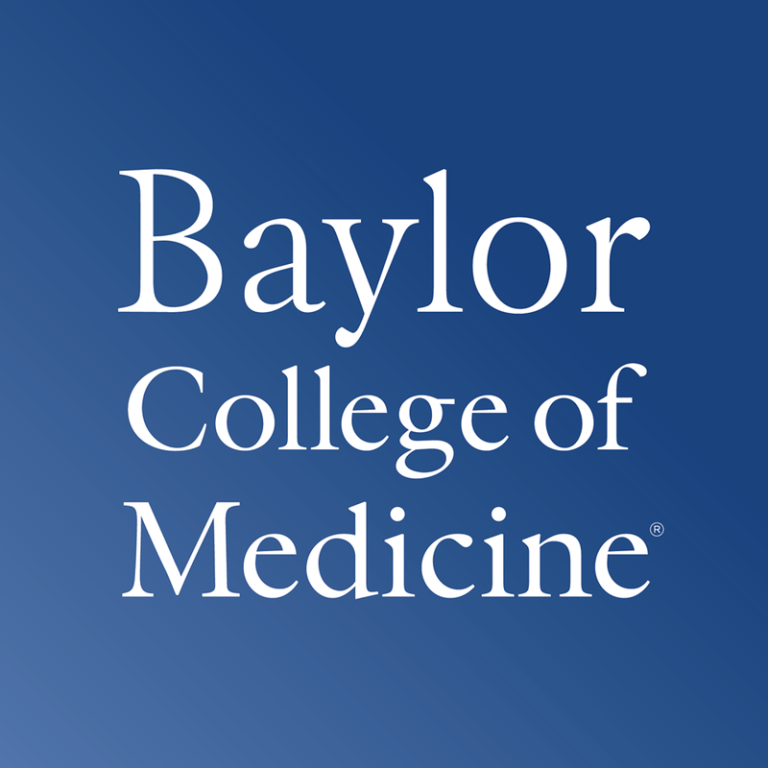
On Jan. 31, 2006, Dan Duncan, founder of Enterprise Partners, an energy company in Houston, announced a donation…
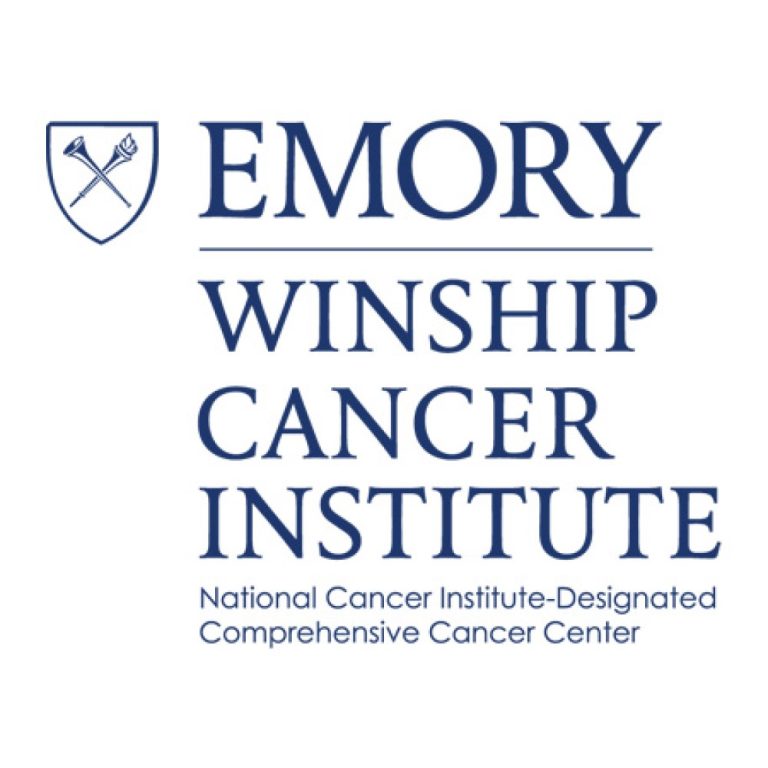
In 2006, the Winship Cancer Institute received a $7.9 million P01 5-year grant from the Cancer Institute (NCI)…
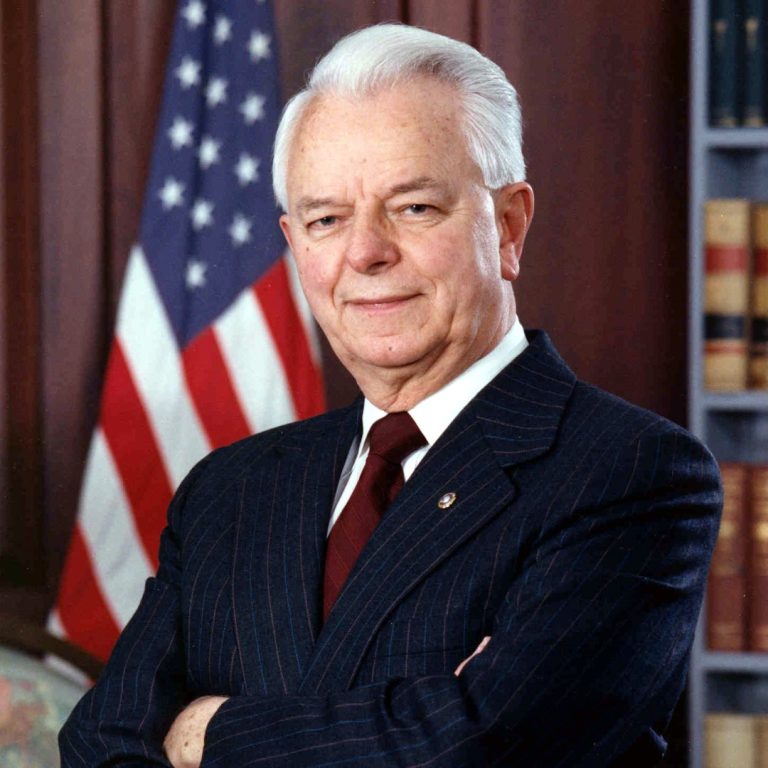
In 2006, Robert C. Byrd Biotechnology Science Center officially opened. The center was constructed with a grant of…

On Nov. 11, 2005, the U.S. Congress authorized the 2-year extension of Postage Stamp for Breast Cancer Research…
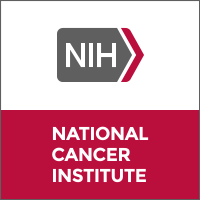
On Nov. 7, 2005, the National Cancer Institute launched a cancer biorepository pilot project designed to standardize biospecimen…